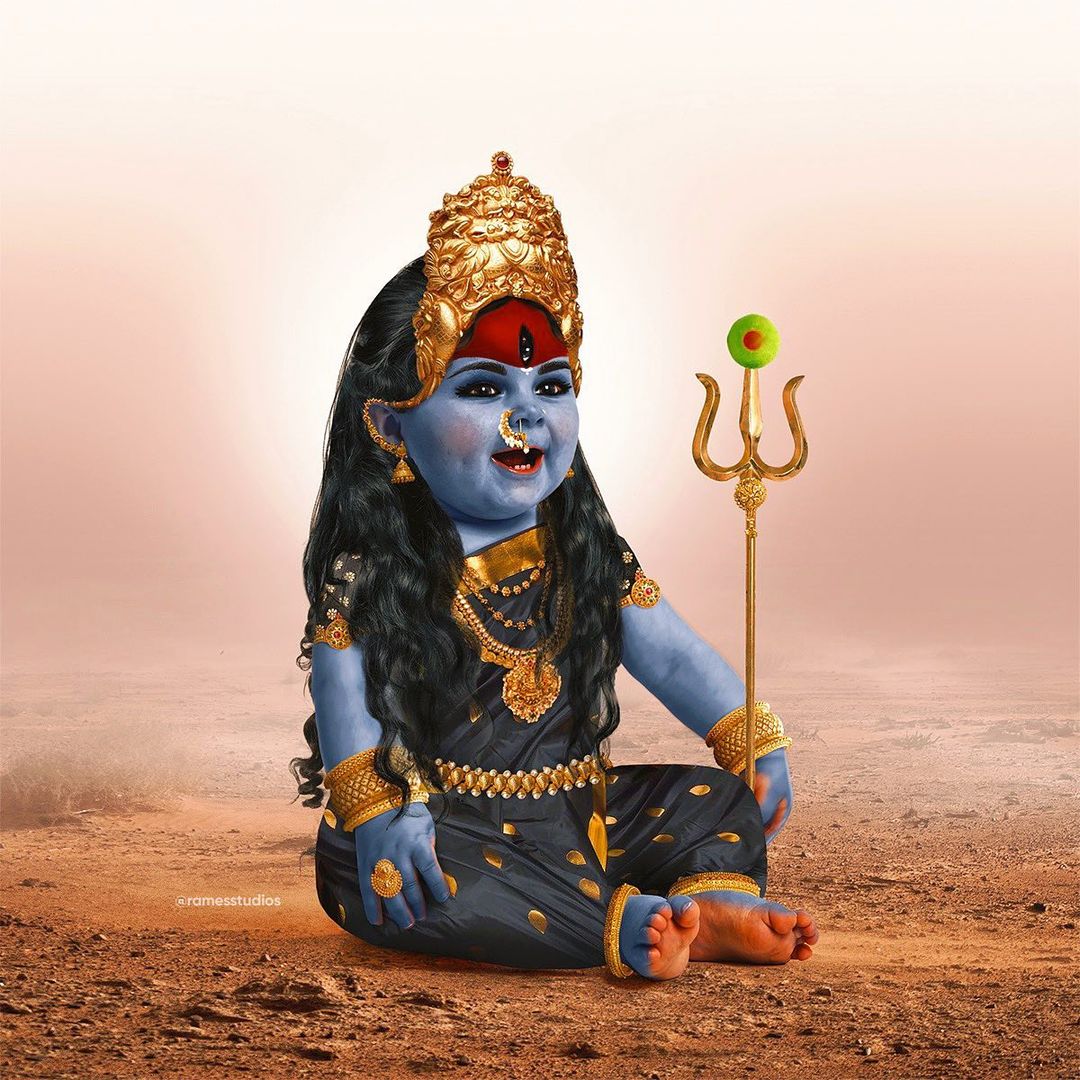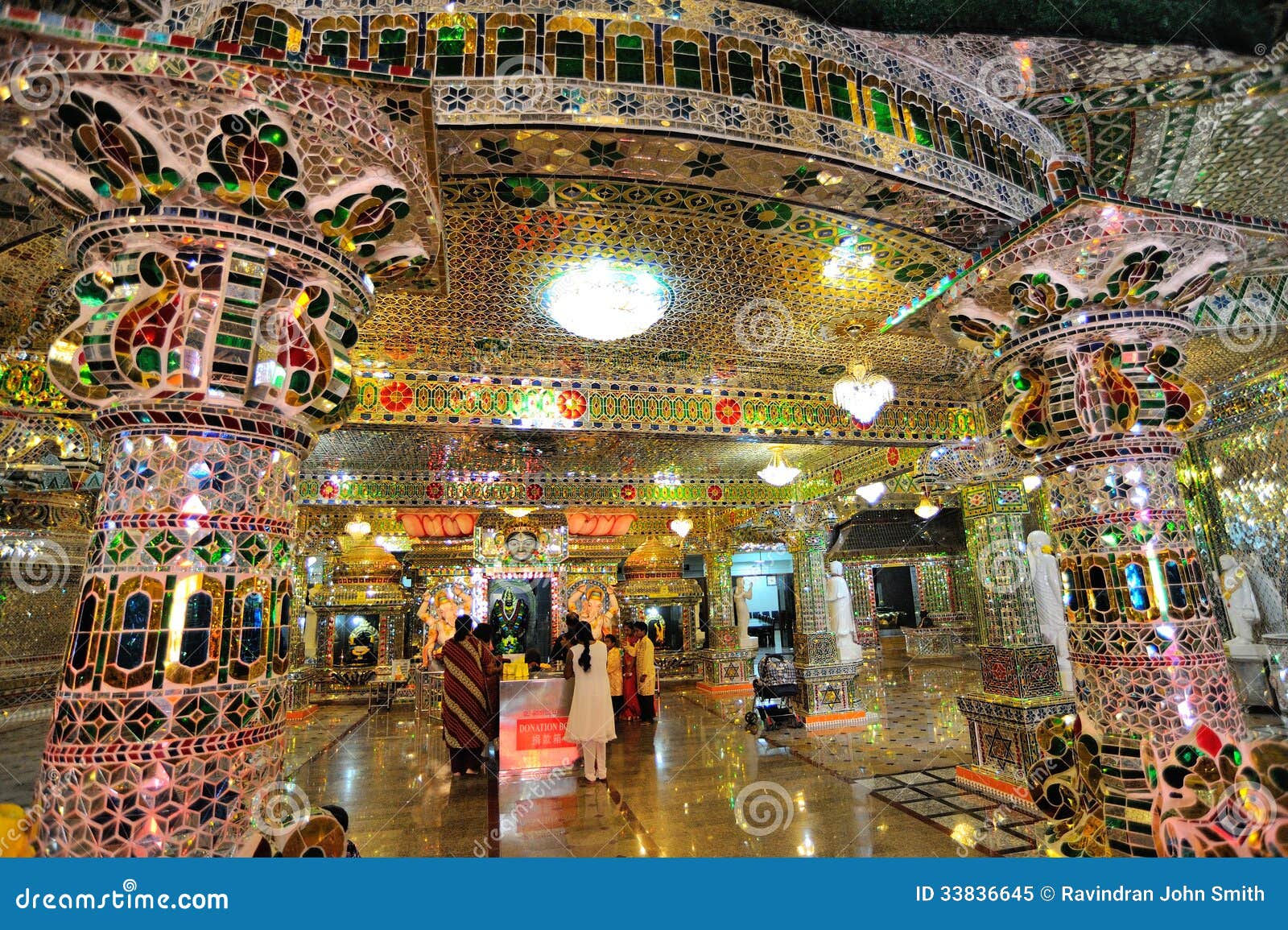

My curiousity to check this place out was seduced by the temple's claim to be "the first glass temple in the world", but other than the temple being covered in tiny pieces of mosaic mirrors reminiscent of some of the sparkling wats (Buddhist temples) in Thailand, what fascinated me more were the statues that I found inside. where a big personality is trapped inside a small existence. It is open for devotees from 7am to 10pm daily, while visiting hours for tourists are between 1pm and 5pm.Stowed away at the end of a nondescript plain lane next to Johor Bahru's Tebrau Highway, Arulmigu Sri Rajakaliamman Temple is what I would call a 'genie in a bottle'. Car and coach parking is available and there's also a shoe storage service. The temple, located in 22 Lorong 1, Jalan Tebrau, Johor Baru, is accessible through Jalan Tun Abdul Razak and the lane that borders Gim Shew Building. The other picture has a Hindu motorcyclist being helped up by a Muslim after he fell off his bike, while a Buddhist is picking up his helmet and a Christian is lifting up the motorcycle. In one picture, a cow is next to an Indian girl, a dog is near a Chinese girl while a Malay girl holds a cat in her arms. On the left wing, there are two large panels on the ceiling painted by specially commissioned artists to convey a universal message of social and racial harmony. The Guru believes that these are messengers of God, and visitors of other faiths will be happy to see them here. According to the name plaques, these are Gautama Buddha, Guru Nanak Dev Ji, Sai Baba and Mother Teresa. There are 10 white marble statues standing 120 centimetres (47 in) tall each. These sculptures portray the cycle of life, from birth, youth, adulthood, to old age and death. Of the two figures on the left, one appears to be lying down and the other crawling, while the one on the far right seems to be reclining too. There are 10 gold-finished sculptures close to the ceiling. The fully air-conditioned temple has a café that serves vegetarian meals for special events, and a function hall in an adjoining building. Each Rudraksha bead is embedded in the walls with a chanted prayer.

Guru says this special sanctuary is the first in Malaysia to be designed with walls that are fully covered with 300,000 mukni Rudraksha beads from Nepal.Īt a glance, the walls appear to have an unusual embossed texture. The centrepiece in the Athma Lingam sanctuary is a lotus for Shiva, on which devotees can pour rose water and perform their prayers. At least 90 per cent of the temple is embellished by a mosaic of 300,000 pieces of red, blue, yellow, green, purple and white glass. Light from crystal chandeliers is reflected on doors, pillars, walls and ceilings in a bright blaze that's quite blinding initially. Since then, it has become one of the state's major tourist attractions. Transformation of the temple with glass fittings started in 2008 and was completed in October 2009. He believed a temple fully embellished with impressive glass artwork will attract local devotees and visitors from the world over. This inspired him to use this technique in the Arulmigu Sri Rajakaliamman Temple. He was amazed that a small glass artwork could capture his attention from a vast distance. When he went there, he found that it was the glass artwork at the temple entrance that had caught his eyes.
#Raja kali amman driver#
The driver told him that it was a wat (temple). He was in a tuk-tuk ( auto-rickshaw) in Bangkok when he saw a light shining like a diamond, some 2 kilometres (1.2 mi) away. The Guru had the inspiration to rebuild the temple in glass during one of his trips to Bangkok. In spite of difficulties and challenges, the temple was rebuilt and officially reopened in 1996. The Guru made a commitment to rebuild the temple upon inheriting it from the humble hut it once was.

He is the inspiration and driving force behind the temple. In 1991, Sri Sinnathamby Sivasamy, current temple chairman and chief priest, also known as Guru Bhagawan Sittar inherited the administration of the temple from his father. It started in 1922 as a simple shelter on land presented by the Sultan of Johor. The temple, one of Johor Bahru's oldest Hindu temples, is situated next to the railway tracks between Jalan Tun Abdul Razak and Jalan Mohd Taib (or close to the Tebrau Highway).


 0 kommentar(er)
0 kommentar(er)
